Tag: Featured
-
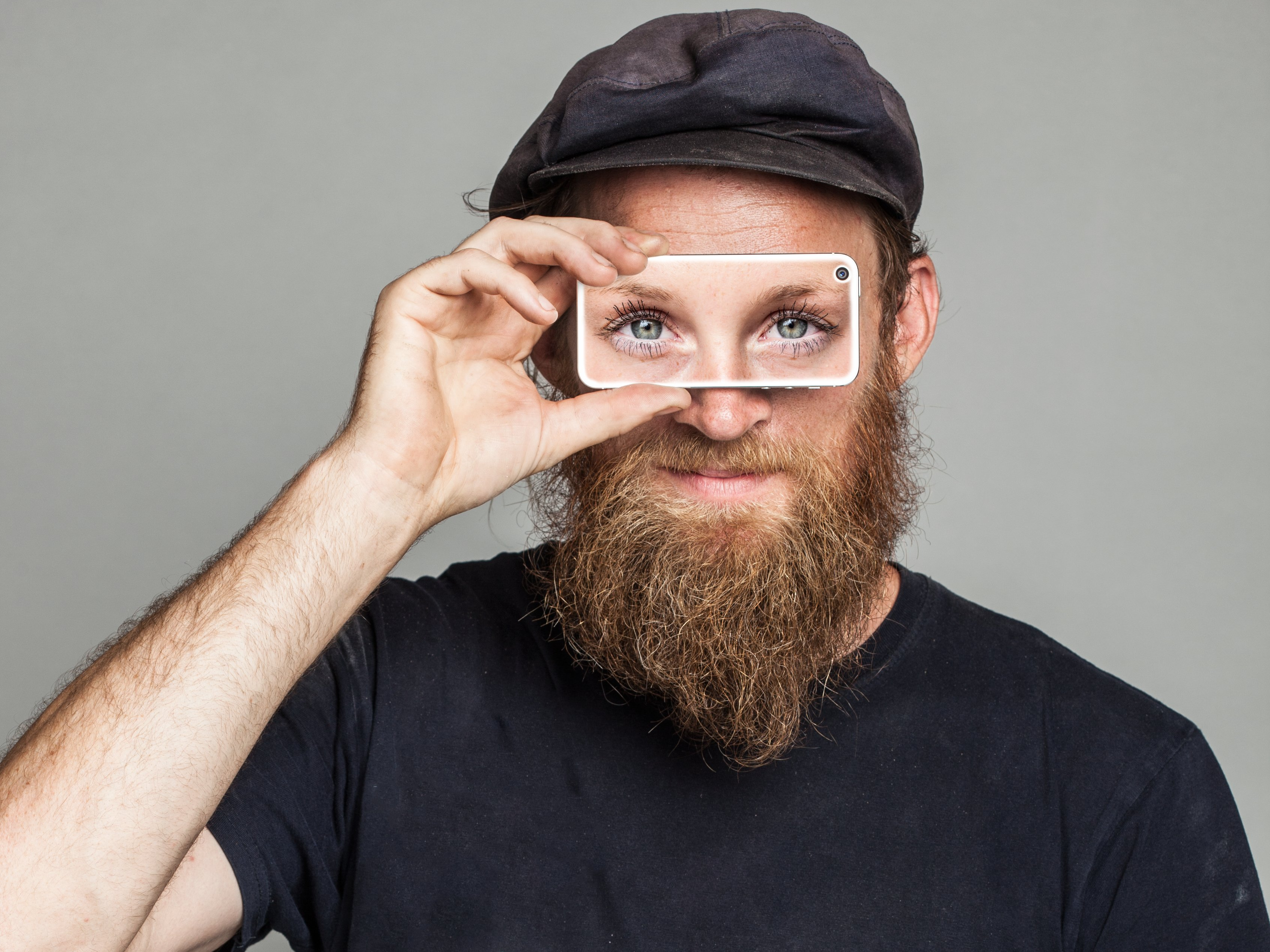
App lets sighted people help the visually impaired
Be My Eyes allows the visually impaired to receive help from people who can see via a live audio-video connection. Sighted users can guide a person while looking through a phone’s rear camera. When a visually impaired person asks the app for assistance, the Be My Eyes helper network is alerted, and an available member helps. Examples…
-
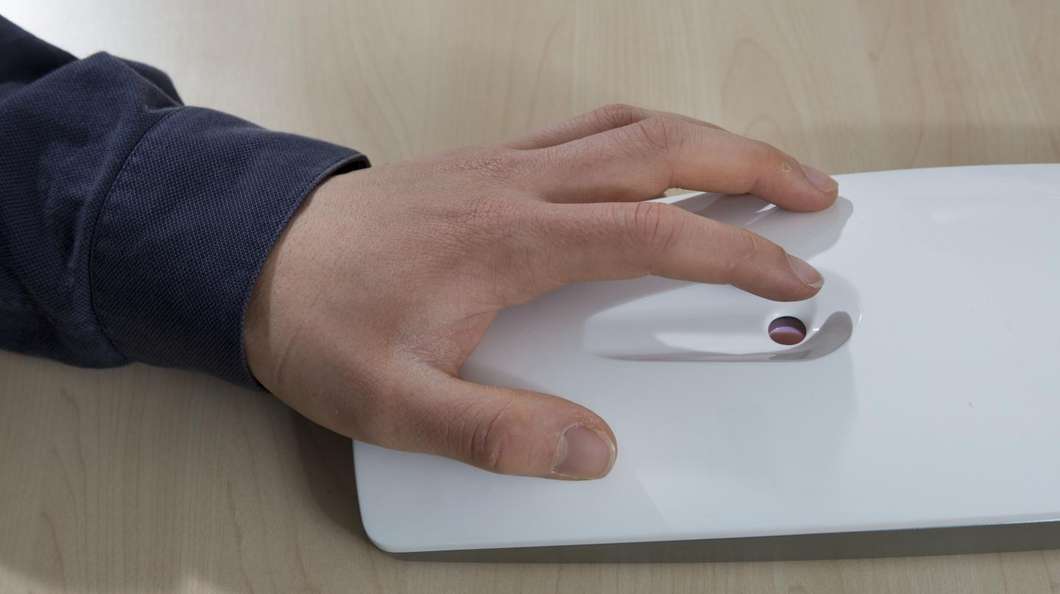
Noninvasive, laser based glucose sensor
Gin Jose and University of Leeds colleagues have developed GlucoSense, a laser based glucose monitor that could eliminate the need for finger pricking. A finger is placed against a glass window. A low-powered laser beam is projected through the window, into the finger. Surface ions fluorescence in infrared when exposed to the reflected light. (The…
-
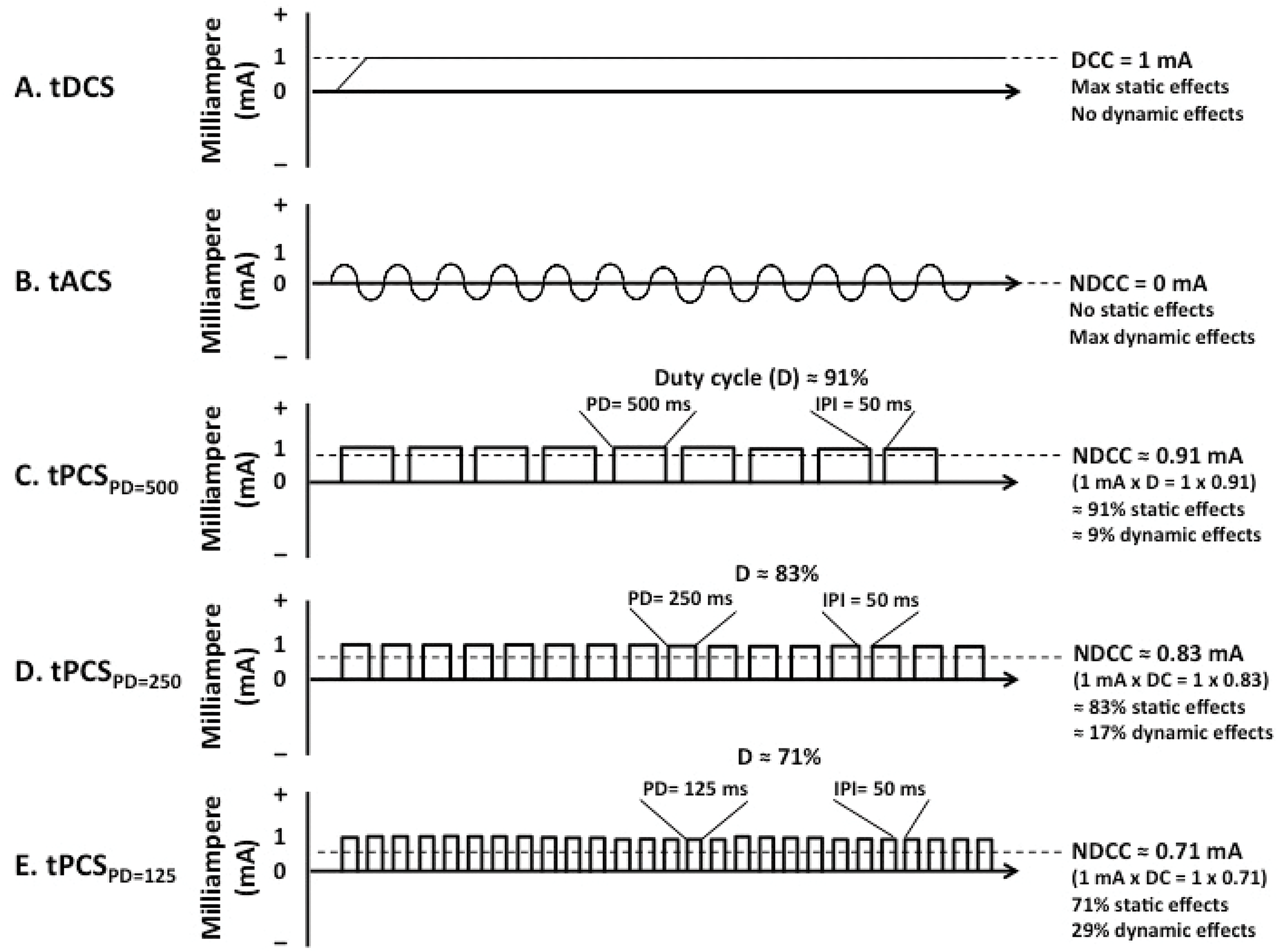
Longer pulses enhance brain excitability in tPCS
Monash University‘s Shapour Jaberzadeh has been researching the use of transcranial pulsed current stimulation for years. His new study describes the importance of pulse duration in creating brain excitability enhancement. He found that the shorter the interval between pulses, the larger the excitability effect in the brain. Dr Jaberzadeh believes that longer pulses could help recipients learn new tasks faster…
-
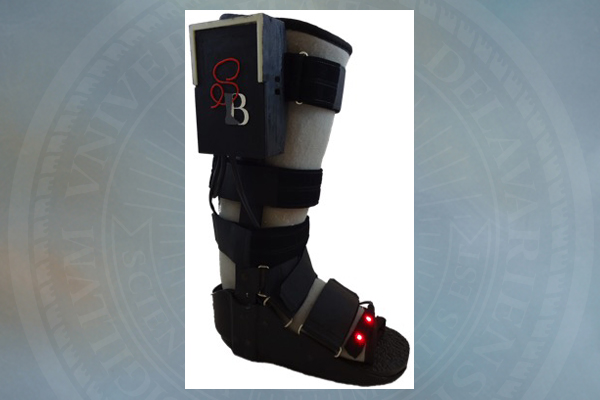
Sensor boot guides bone injury healing
ApplySci blogs about sensor based health innovations. We have seen far too little in the orthopedics space, which remains an area of opportunity. This week we discussed dorsaVi‘s spine injury assessment tool, and today we will describe the “SmartBoot“. Developed by University of Delaware researchers, SmartBoot enables physicians to monitor orthopedic patients as they recover. Users…
-
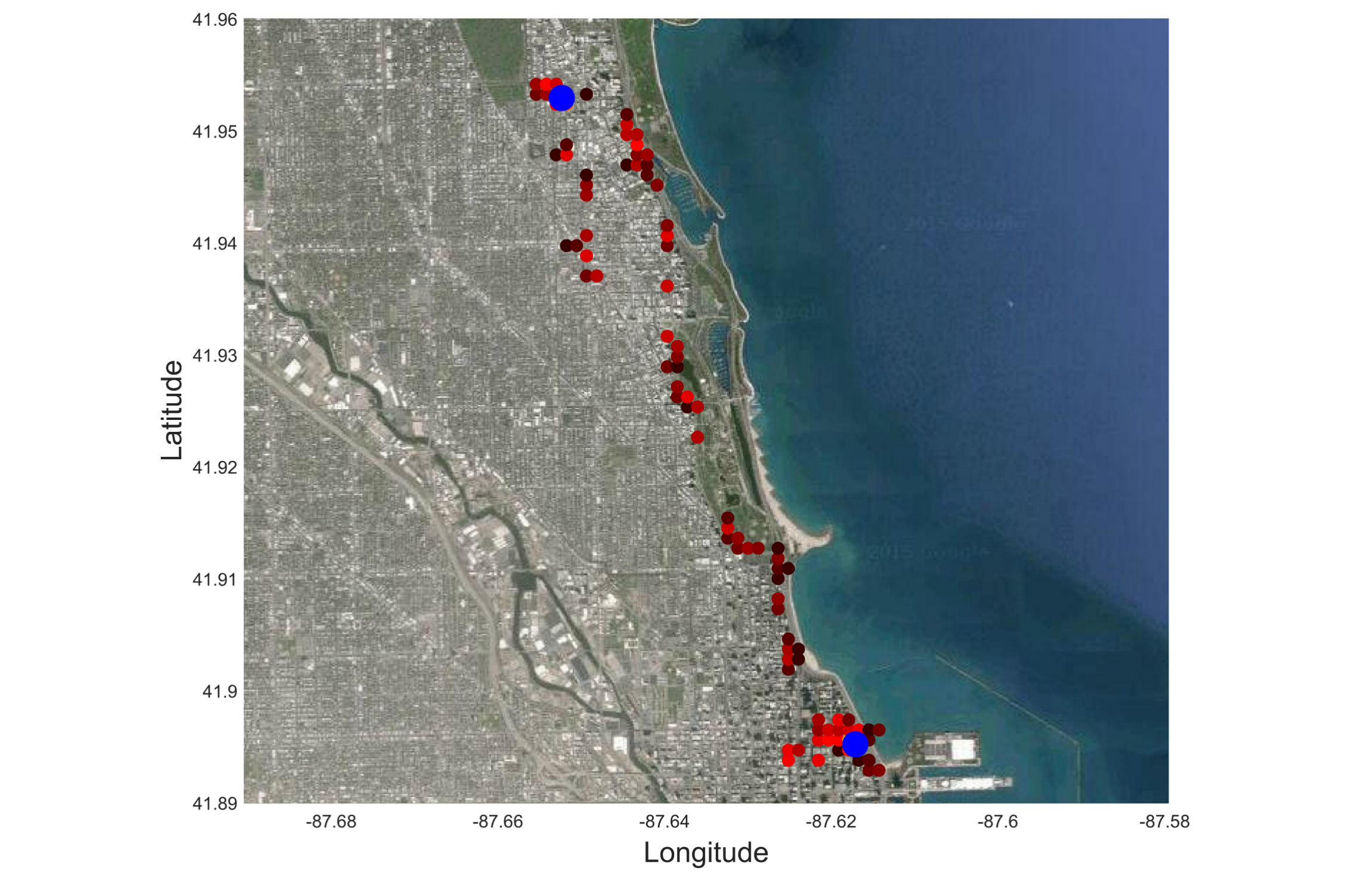
Phone sensors to detect depression risk
Northwestern‘s Sohrob Saeb believes that phones could be more reliable for diagnosing depression than traditional methods. In his recent study, data from smartphone sensors that detect location, movement, phone usage and other activities were used to assess depression risk. GPS or phone usage data were analyzed among 28 participants for two weeks. The “Purple Robot” app…
-
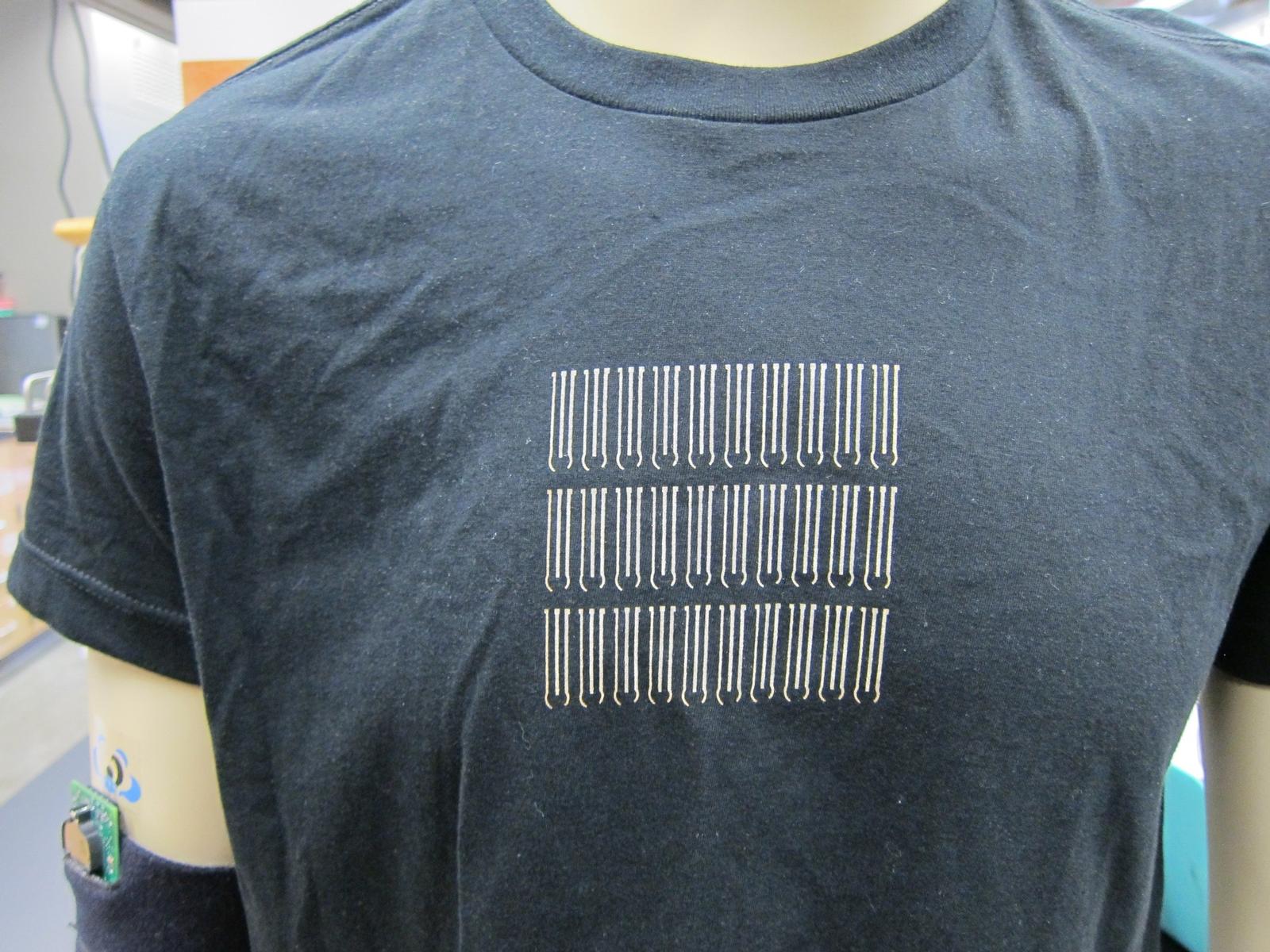
Temperature adaptive clothing cools and heats accordingly
UC San Diego professor Joseph Wang continues to revolutionize health focused wearable technology. ApplySci recently described his totally noninvasive glucose monitoring tattoo, and his bio-ink pen for self monitoring. Professor Wang is now developing clothes with integrated sensors that enable them to heat or cool wearers. He believes this can reduce energy costs by regulating…
-
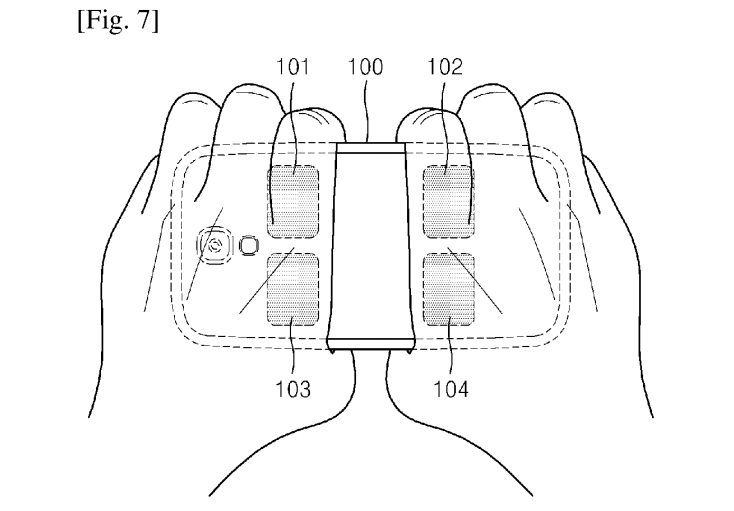
Samsung patent describes phone grip body fat measure
Samsung has filed a patent application describing technology that could measure body fat levels when a user grips a device. Four sensors would be incorporated into a smartphone or case. “Input current and the intensity of the measured voltage” are measured to determine fat levels.
-
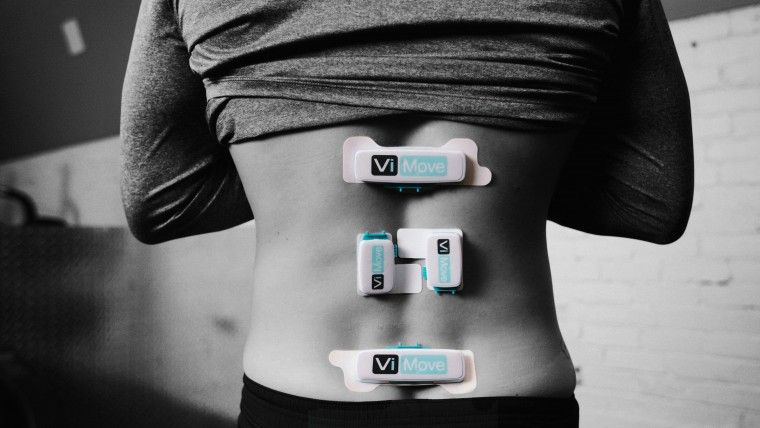
Wearable assesses sports injuries, therapy progress
dorsaVi movement and muscle activity monitors could help sports teams improve injury assessments and document the therapy progress. They are being used by the New Orleans Saints, Cleveland Browns, Golden State Warriors and Toronto FC. The device includes sensors that analyze bending, twisting and stepping, accelerators, magnetometers, and gyroscopes. Electrodes measure muscle activity near the skin’s surface.…
-
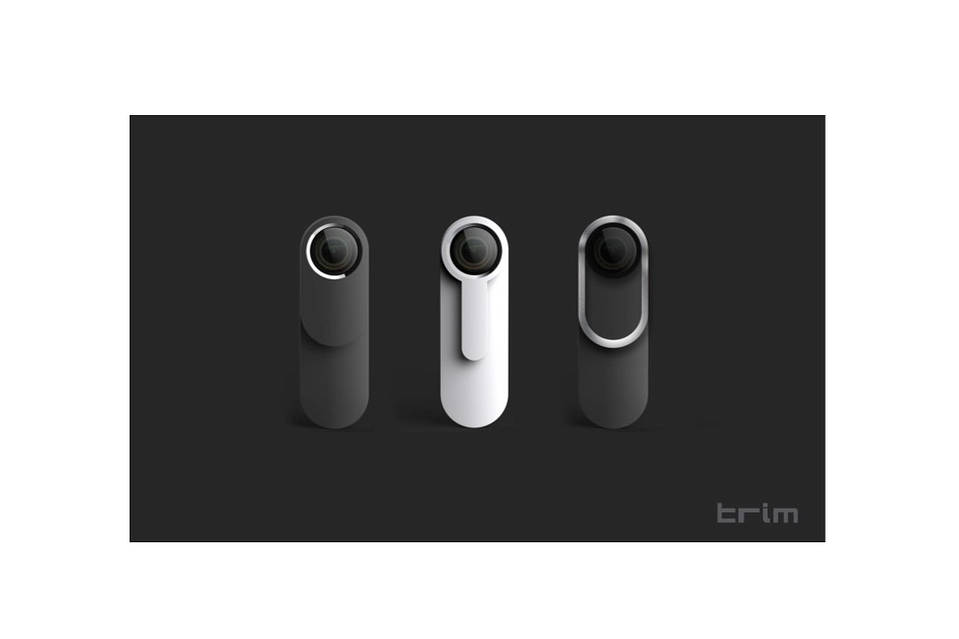
Wearable analyzes faces, voices, surroundings
Professor Amnon Shashua is the founder of Mobileye, a revolutionary computer vision approach to driverless cars. He is also the developer of OrCam, artificial vision technology to assist the visually impaired. This week he announced Casie, a wearable personal assistant. The device is meant for the masses, but could also help the disabled. It looks like a USB stick, and can…
-
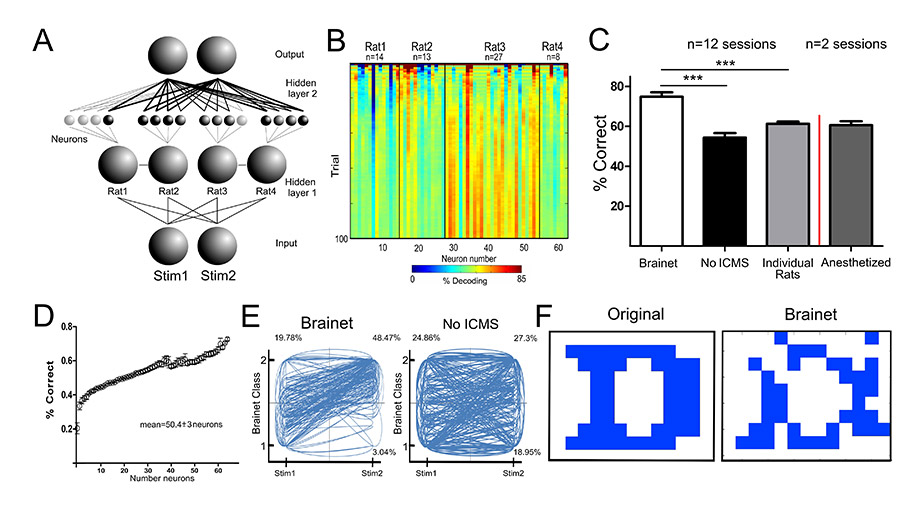
Real time brain-to-brain interface demonstrated
In another Nicolelis Lab breakthrough, networks formed by multiple animal brains, cooperating and exchanging information in real time through brain-to-brain interfaces, was demonstrated. The “Brainet” technology could provide the core of a new organic computer. In the recent study, four adult rat brains were interconnected. Brainets concurrently recorded extracellular electrical activity generated by cortical neurons…
-
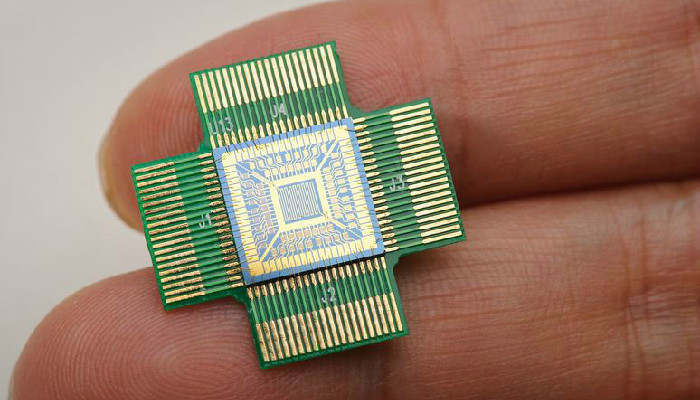
Sensor chip for prostate cancer diagnosis
University of Birmingham researchers are developing a sensor chip that they believe can improve the accuracy of prostate cancer diagnosis. Prostate cancer is normally diagnosed by tests that rely on antibodies, making them vulnerable to degeneration by environmental changes. They are known to give false positive readings at a high rate. The sensor chip works…
-
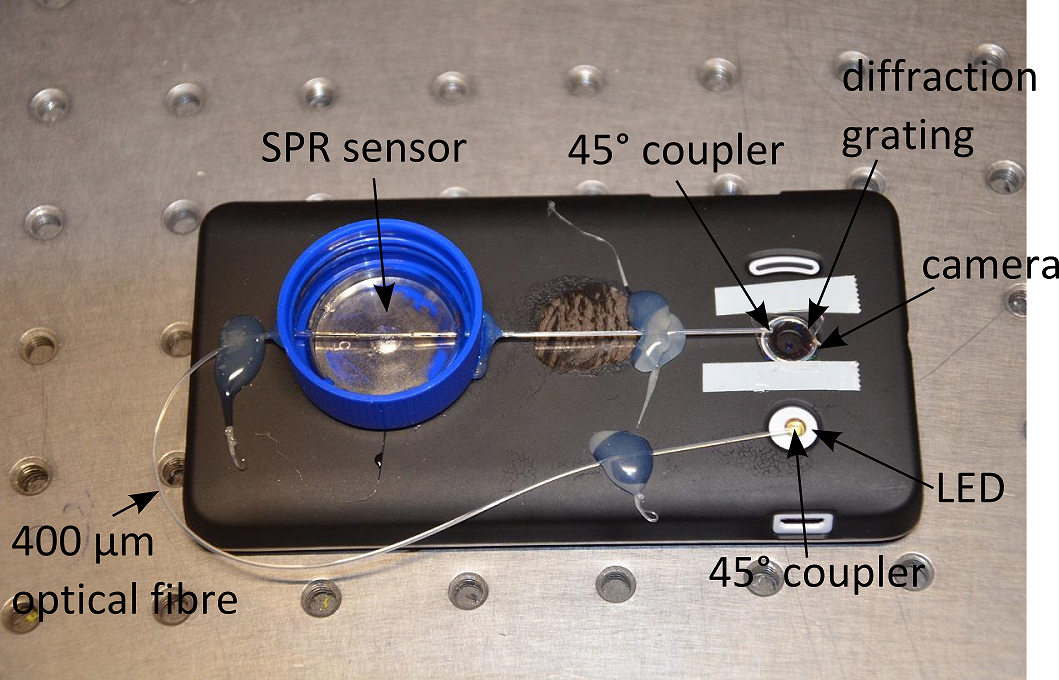
Smartphone fluid sensors to detect pregnancy, STDs, diabetes
Kort Bremer and Bernhard Roth at the Hanover Centre for Optical Technologies are developing lab-on-a-chip devices for smartphones to monitor blood, urine, saliva, sweat or breath. This could enable phone based detection and monitoring of pregnancy, STDs, or diabetes, among other applications. The surface plasmon resonance sensors detect biomolecular interactions when polarized light strikes an electrically conducting surface…